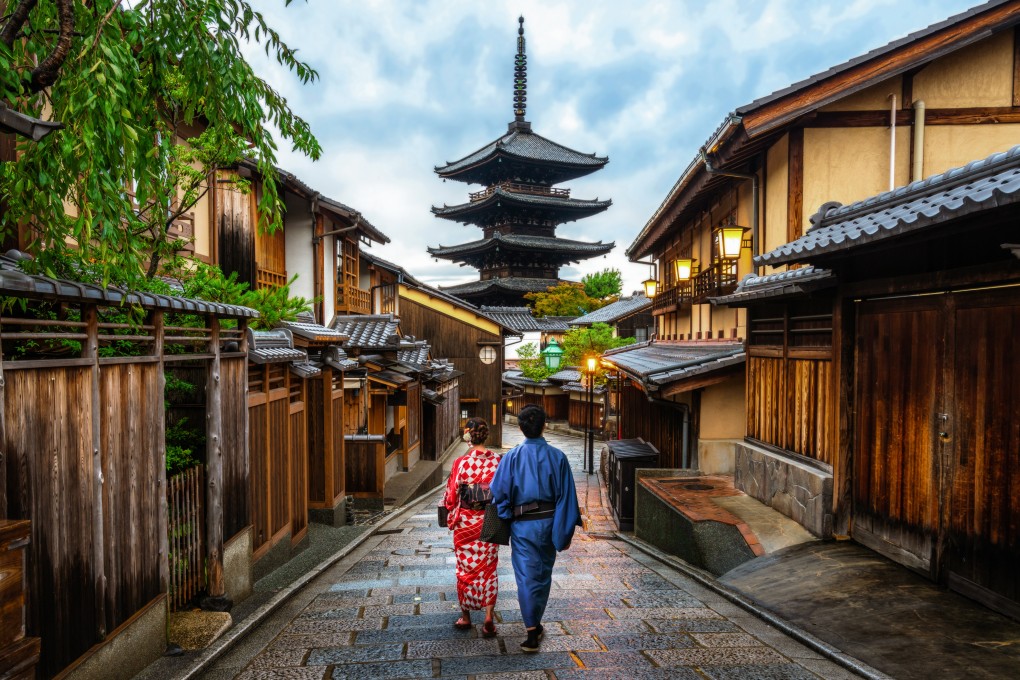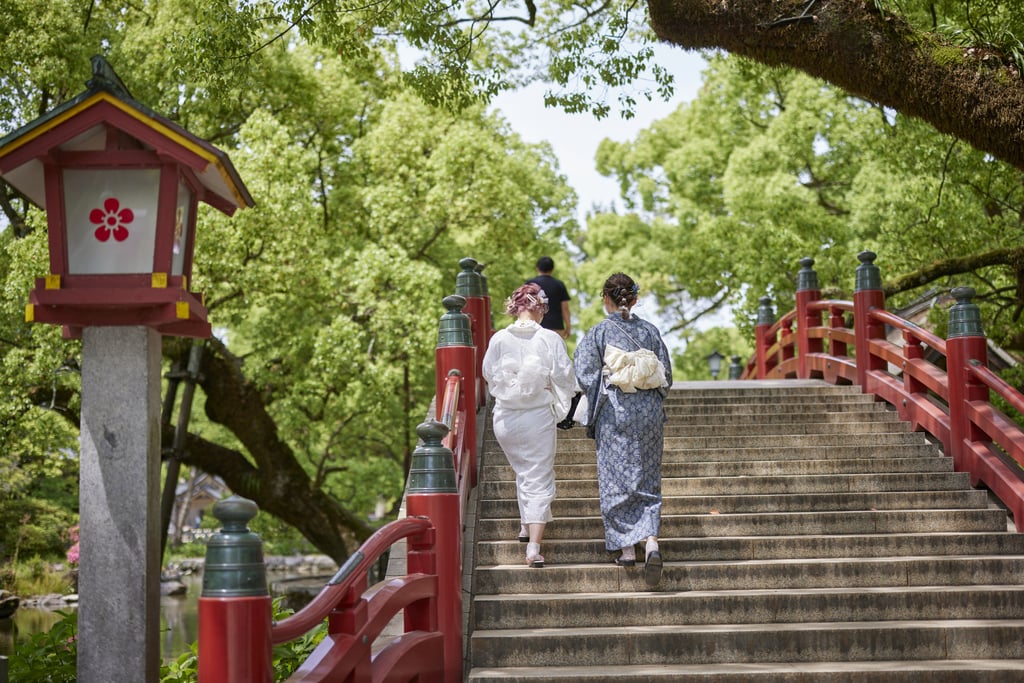Advertisement
Explainer | Japan gradually opens up to foreign tourists from June 10: what you need to know
- A new ‘traffic light’ system allows in tourists with fixed schedules and guides; on-arrival test, quarantine rules depend on which country they’re coming from
- Masks must still be worn, and only five airports are accepting international flights, but the yen’s weakening makes Japan a good holiday option
Reading Time:4 minutes
Why you can trust SCMP
1

For the first time in more than two years, tourists are returning to Japan as the government there begins to ease some of the world’s strictest border measures amid a drop in Covid-19 cases.
From June 10, Japan will allow a limited number of foreign visitors on package tours. Last week a few “test tours” – mainly of overseas travel agents – began arriving, closely monitored and subject to tight hygiene measures.
For most of the pandemic, Japan has barred all tourists, allowing entry to only citizens and foreign residents, although even the latter have periodically been shut out.
Here is the lowdown on Japan’s relaxed travel rules.

Who will be eligible to enter Japan?
From June 1, Japan will double its cap on daily arrivals to 20,000.
Advertisement